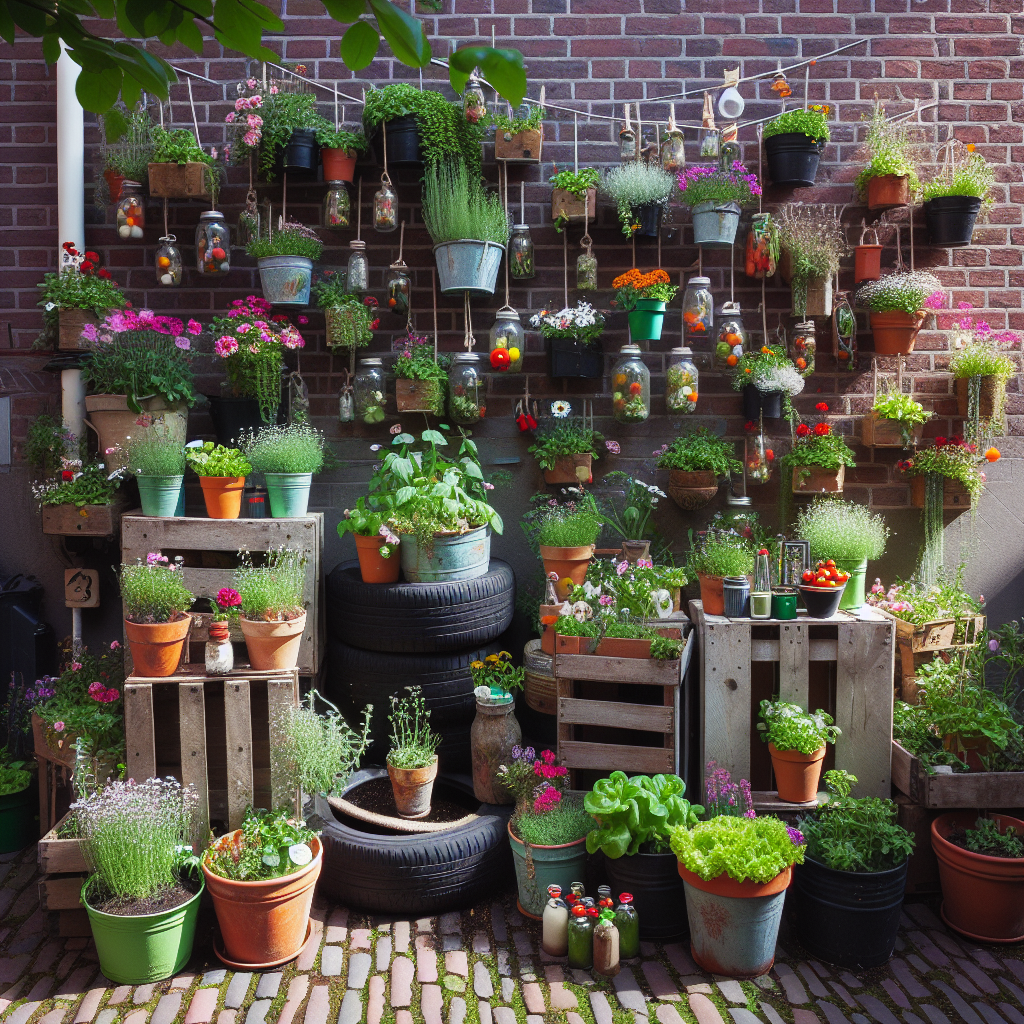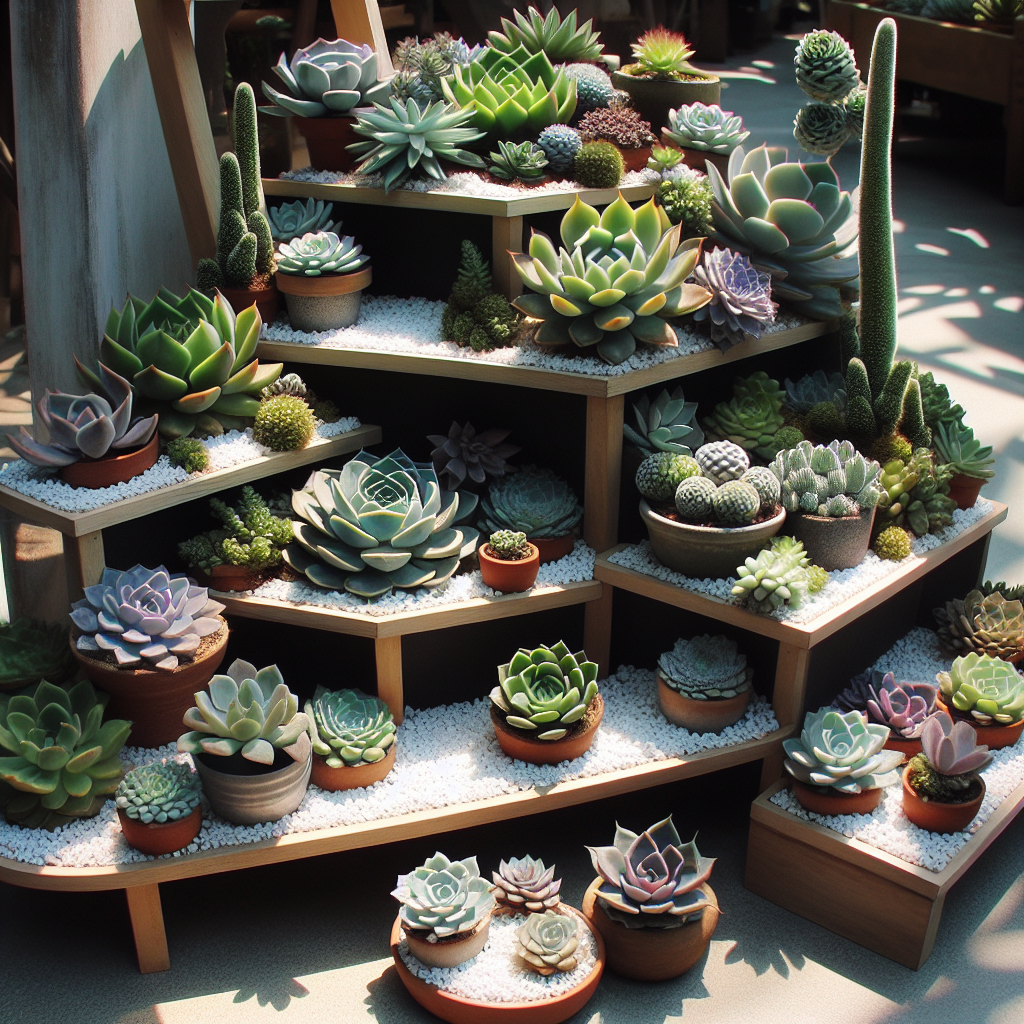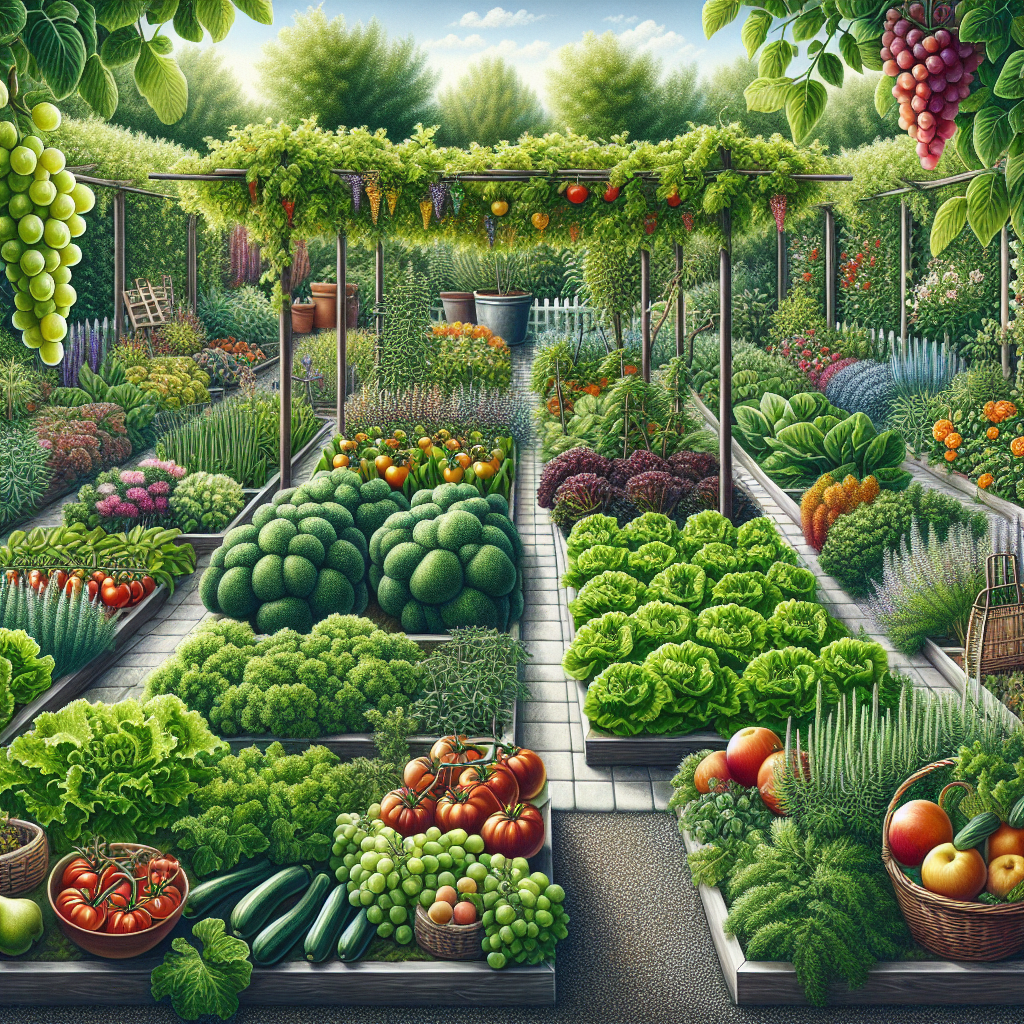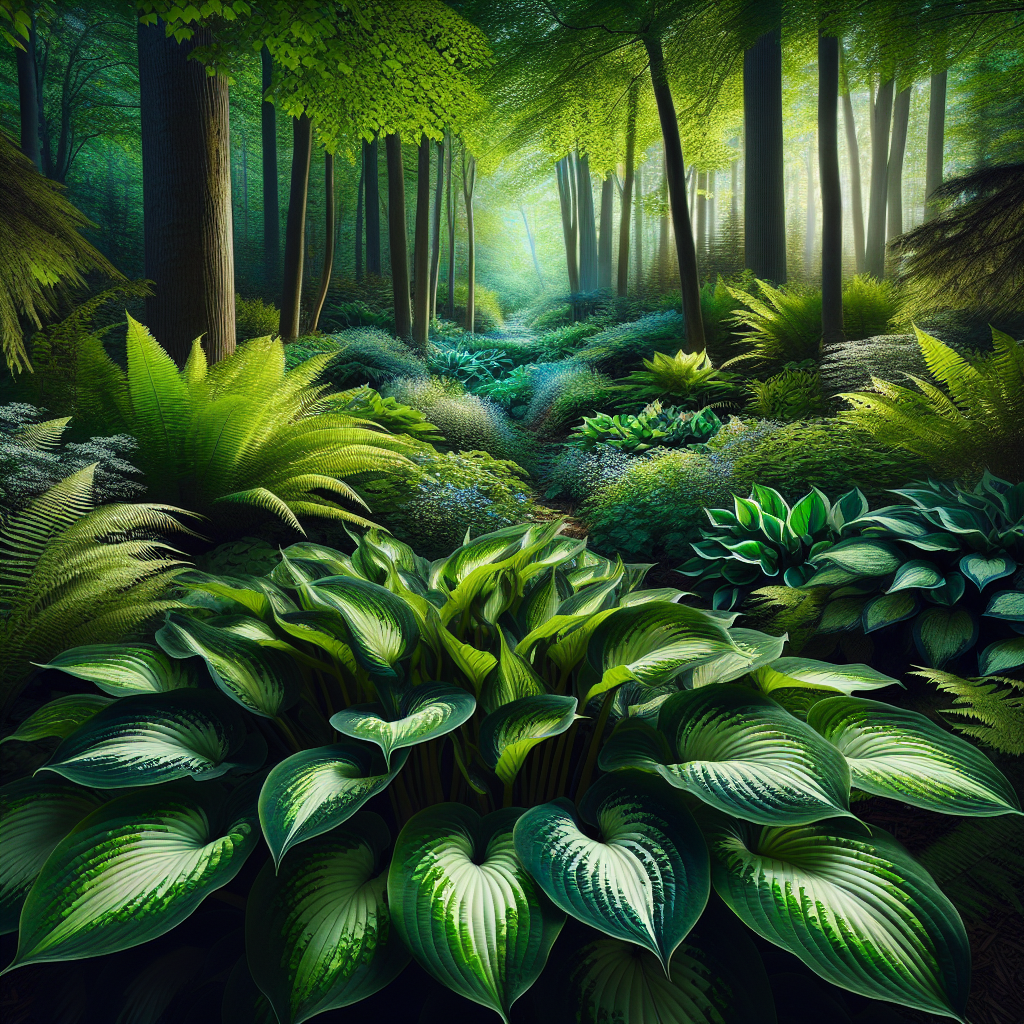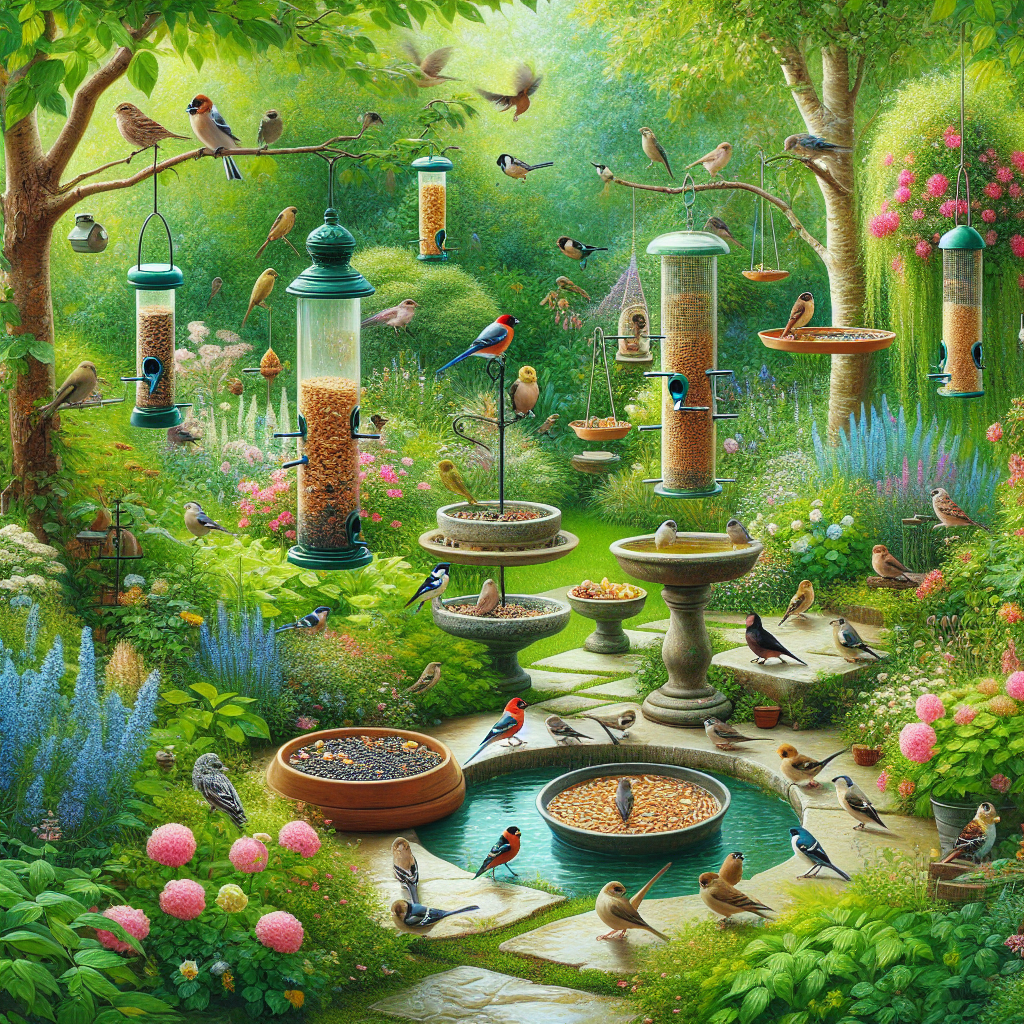Upcycled Container Garden for Urban Spaces
Are you an urban dweller with a green thumb? Do you long for a garden oasis in your small apartment or balcony? Look no further! In this comprehensive guide, we will show you how to create a stunning upcycled container garden that will transform your urban space into a lush and vibrant sanctuary. With just a few simple steps and some creativity, you can enjoy the beauty and benefits of gardening, even in the heart of the city.
Step 1: Gather Your Materials
Before you begin your upcycled container garden project, it’s important to gather all the necessary materials. Here’s a list of what you’ll need:
- Containers: Look for old buckets, cans, jars, or even wooden crates that can be repurposed as planters. Get creative and think outside the box!
- Soil: Choose a high-quality potting mix that is suitable for the types of plants you’ll be growing.
- Plants: Select a variety of plants that thrive in containers and are suitable for your specific growing conditions (e.g., sunlight, temperature, etc.).
- Seeds or seedlings: Depending on your preference, you can start from seeds or purchase young plants from a local nursery.
- Watering can or hose: Make sure you have a convenient way to water your plants regularly.
- Gardening tools: Basic tools such as a trowel, pruning shears, and gloves will come in handy during the planting and maintenance process.
- Decorative elements: Consider adding decorative elements such as pebbles, rocks, or small figurines to enhance the visual appeal of your container garden.
Once you have gathered all the materials, you’re ready to move on to the next step.
Step 2: Prepare Your Containers
Now that you have your containers, it’s time to prepare them for planting. Follow these steps:
- Clean the containers: Remove any dirt or debris from the containers and give them a good scrub if necessary.
- Drainage holes: If your containers don’t already have drainage holes, use a drill or hammer and nail to create a few at the bottom. This will ensure proper drainage and prevent waterlogging.
- Paint or decorate (optional): If you want to add a personal touch to your containers, consider painting them or adding decorative elements. Just make sure to use non-toxic paint or sealant if you’ll be growing edible plants.
Once your containers are clean and ready, it’s time to move on to the next step.
Step 3: Choose Your Plants
Now comes the fun part – choosing the plants for your container garden. Consider the following factors when making your selection:
- Sunlight: Determine how much sunlight your urban space receives throughout the day. This will help you choose plants that are suitable for either full sun, partial shade, or full shade.
- Space: Take into account the size of your containers and the available space in your urban area. Opt for plants that won’t outgrow their containers or overcrowd your space.
- Climate: Consider the climate in your area and choose plants that are well-suited to your specific conditions. Some plants thrive in hot and dry climates, while others prefer cooler temperatures.
- Personal preference: Select plants that you find visually appealing and that align with your gardening goals. Whether you prefer flowers, herbs, or vegetables, there’s a wide variety of options to choose from.
Once you have chosen your plants, it’s time to move on to the next step.
Step 4: Plant Your Garden
Now that you have everything prepared, it’s time to get your hands dirty and start planting. Follow these steps:
- Add soil: Fill each container with potting mix, leaving enough space at the top for watering.
- Arrange your plants: Before planting, arrange your plants in the containers to determine the best layout. Consider the height, color, and growth habits of each plant.
- Plant your plants: Dig small holes in the soil and gently place your plants, making sure to cover the roots with soil. Press the soil lightly to secure the plants in place.
- Water thoroughly: After planting, give your container garden a good watering to help settle the soil and ensure proper hydration for your plants.
Once you have planted your garden, it’s time to move on to the next step.
Step 5: Maintain Your Container Garden
Now that your upcycled container garden is thriving, it’s important to provide proper care and maintenance. Follow these tips:
- Water regularly: Check the moisture level of the soil regularly and water your plants as needed. Be mindful not to overwater or underwater.
- Fertilize: Depending on the type of plants you’re growing, consider fertilizing them every few weeks to provide essential nutrients.
- Prune and trim: Regularly prune and trim your plants to promote healthy growth and maintain their shape. Remove any dead or yellowing leaves.
- Monitor pests and diseases: Keep an eye out for pests or diseases that may affect your plants. Take appropriate measures to prevent or treat any issues.
- Rotate and rearrange: To ensure even growth and prevent overcrowding, periodically rotate and rearrange your containers.
By following these maintenance tips, your container garden will continue to thrive and bring joy to your urban space.
Step 6: Enjoy Your Urban Oasis
Congratulations! You have successfully created an upcycled container garden for your urban space. Now it’s time to sit back, relax, and enjoy the beauty and tranquility of your own little oasis. Whether you’re sipping your morning coffee surrounded by blooming flowers or harvesting fresh herbs for your favorite recipes, your container garden will bring endless joy and satisfaction.
Remember to share your success with friends and family, and inspire others to embark on their own upcycled container garden journey. Happy gardening!
Summary
In this comprehensive guide, we have explored the world of upcycled container gardening for urban spaces. By repurposing old containers and using your creativity, you can create a stunning garden oasis in the heart of the city. We have provided step-by-step instructions on gathering materials, preparing containers, choosing plants, planting your garden, and maintaining it for long-term success. With proper care

